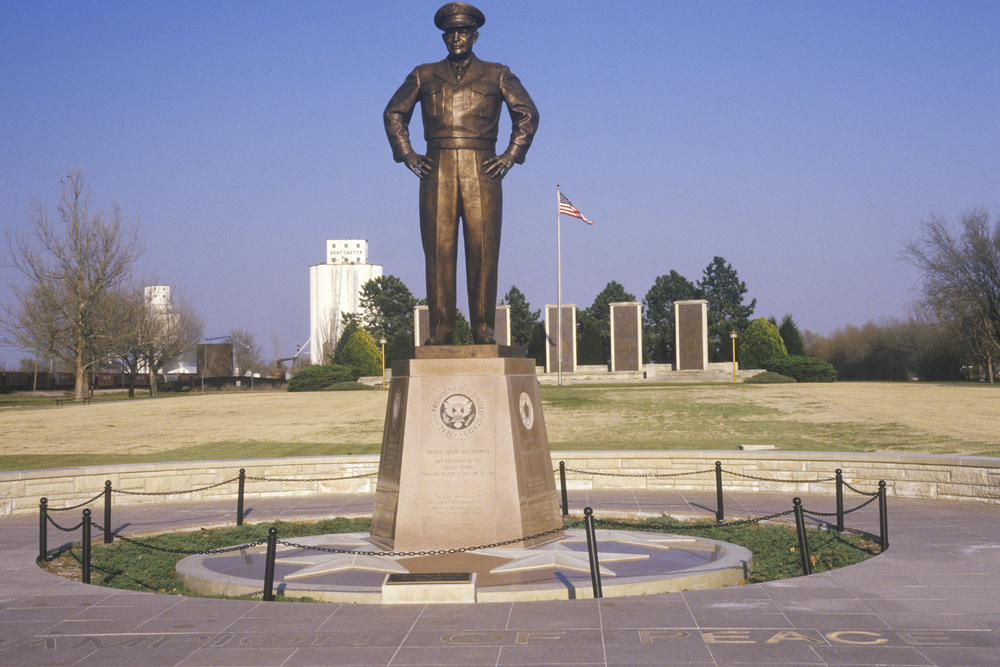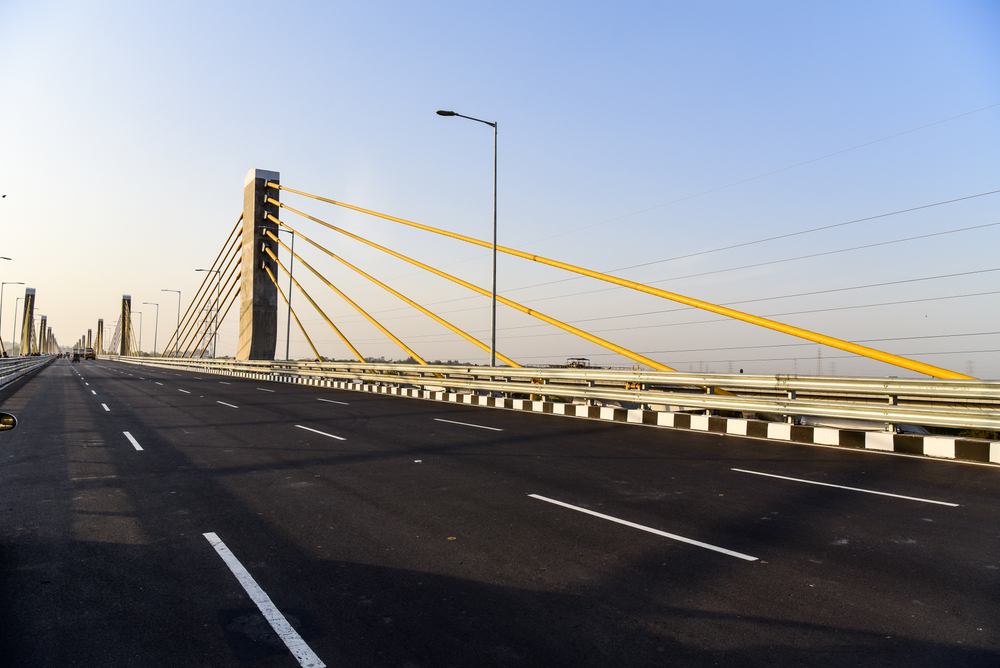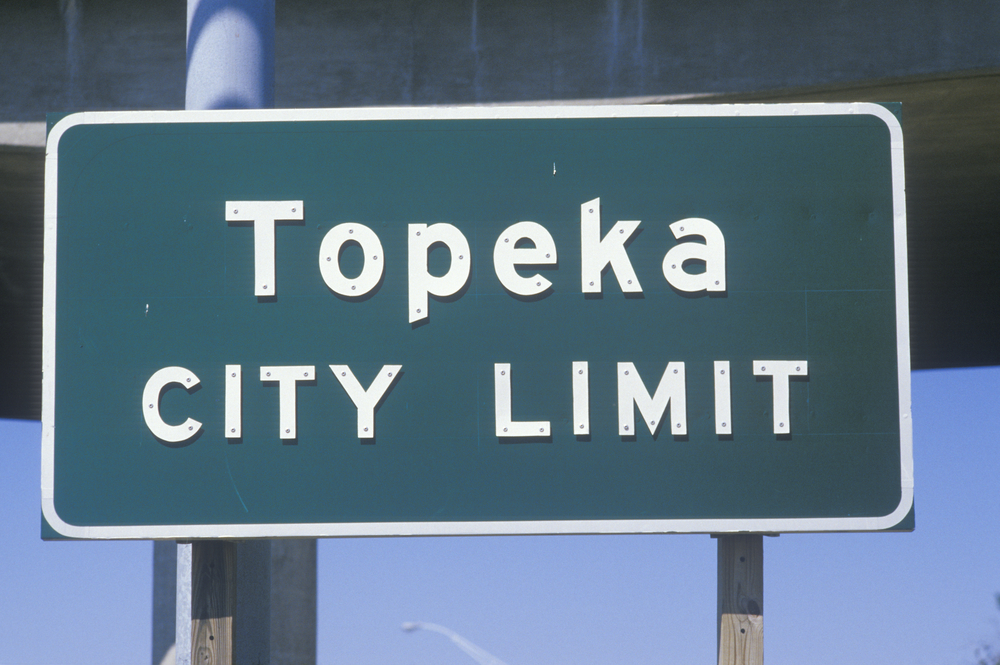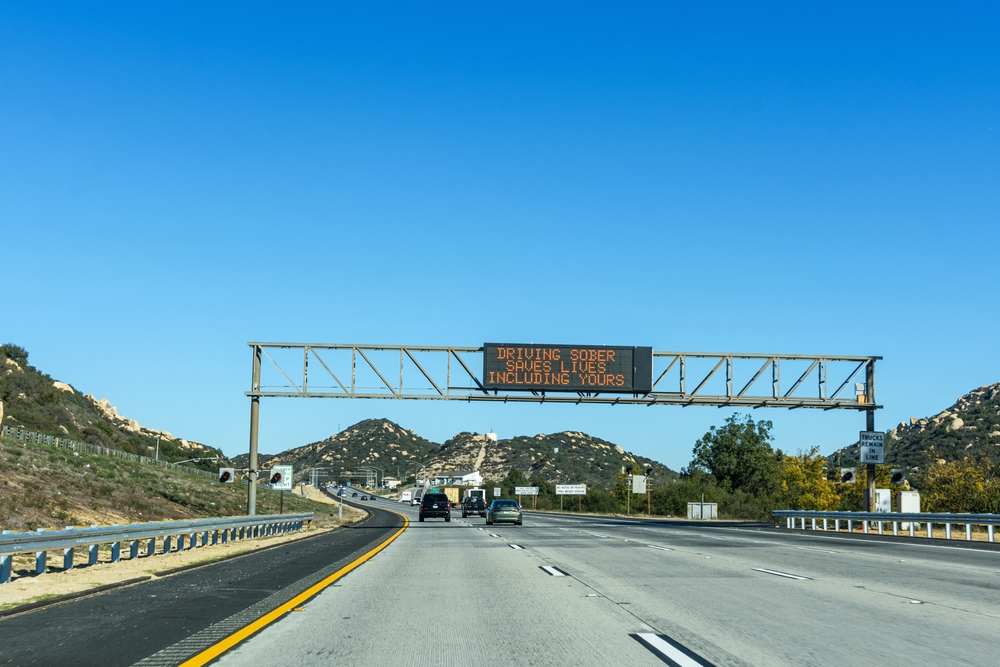America is known for its great engineering projects, from breathtaking high-rise architecture to massive highways, malls, and more.
Many of the greatest engineering feats, including the Hoover Dam, Panama Canal, and Mount Rushmore, are some of the greatest engineering accomplishments that America has undertaken to date.
However, what’s the biggest engineering project in American history?
Hands down, the initial construction of the US Interstate Highway system, which ran close to 130 billion dollars, is the biggest engineering undertaking in the history of the US.
The project was signed into commission in 1956 by then-president Dwight Eisenhower and comprised highways interconnecting every state.

Table of Contents
How big is the US Interstate System?
The Highway Interstate System will have a total length of 46,876 miles by 2022. The 1956 Federal-Aid Highway Act set a statutory restriction on the number of Interstate construction funds that may be used to build Interstate miles (41,000 miles at the time).
After a change in legislation, the limit was raised to 43,000 miles; nevertheless, only 42,795 miles of that total had been driven.
By separate legislation, the Federal Highway Administration can authorize additional distance if it fulfills full Interstate criteria and would be a reasonable extension or connection.
This extra distance isn’t “chargeable,” meaning, it is not qualified for Interstate Construction funding under the 1956 Act, as modified, although the State could use other Federal-aid funds to benefit the development.
Who constructed the Interstate System?
The Federal-aid Highway Program, launched in 1916, served as the foundation for the construction of the Interstate System.
State highway and transportation organizations built the Interstates with monies provided by the federal government.
Does each state own its leg of the highway?

Interstate highways are owned and operated by the states. I-95/495 crosses the Potomac River at the Woodrow Wilson Memorial Bridge in Washington, DC, and this is the only exception.
Dwight Eisenhower signed a special bill in August 1954 authorizing the construction of the bridge.
The bridge is owned by the Federal Highway Administration, but it is operated by Washington DC, Virginia, and Maryland.
Upon completion of the first stretch of the new bridge, the old one will be demolished.
The new Woodrow Wilson Memorial Bridge will be owned by the United States.
What was the initial cost of the Highway System?
The final cost estimate for the Interstate System was $128.9 billion and was released in 1991. At $114.3 billion, the government’s share was estimated to be included in that total cost estimate.
Only the 42,795 miles of highway constructed as part of the Interstate Building Project were included in this calculation.
Those turnpikes that were already part of the Interstate System but had been built without the assistance of Interstate Construction funding were not included in the total.
Overall, Federal funding legislation allocated $119 billion to cover the Federal portion of the Interstate construction costs.

Finances for interstate construction were authorized through the 1996 fiscal year.
Why did the Federal Government have to foot so much of the bill?
Federal-aid highway legislation passed in 1944 authorized the establishment of a 40-thousand-mile “National System of Interstate Highways.”
However, no program or specific funds for its development was established. Token amounts of $25 million a year were made available in FY 1954 and 1955 under the Federal-Aid Highway Act of 1952, which was signed into law in 1952.
The standard matching ratio was preserved by the Act of 1952. (Federal share: 50 percent).
For the 1956 and 1957 fiscal years, the Federal-Aid Highway Act of 1954 provided $175 million in annual funding for the Interstate System, with a Federal-State corresponding proportion of 60–40.
Because the Interstate System is so critical to national objectives, the federal government’s share has expanded.
How did the Government determine the payment ratio for the highway system?
It was evident to President Dwight D. Eisenhower that the nation’s governors did not want to be obliged to raise their taxes to pay for the additional matching money needed for the national program.

As a result, the president proposed to raise expenditures for the Interstate System, while increasing the Federal share to 90%.
States would keep paying the same matching money for the Interstate System under his plan as they had been doing since the 1954 Act was signed into law.
The Federal-Aid Highway Act of 1956 differed from the President’s proposal in various areas.
However, Congress preserved the Federal-State corresponding portion of 90–10 as a recognition of the Interstate Construction Program’s significance to national goals.
With significant tracts of untaxed public land, the Federal contribution may be expanded to 95 percent in the western states.
Did the building of the Interstate System add to the national debt?
For the Interstate System, Eisenhower wanted the finance mechanism to “self-liquidate” so that it would not contribute to the national debt.
Despite the president’s preference for a toll road system funded by bonds, his advisors persuaded him that traffic volumes on most routes would not raise enough income to pay back bondholders with interest.

A Federal Highway Corporation was established, and bonds were issued to fund the Interstate System upfront, with federal excise taxes on gasoline as well as lubricating oil also helping (which would otherwise have gone to the General Treasury without any connection to roadways).
Congress voted down this concept in favor of using funds from highway user taxes to pay for the Interstate System on a pay-as-you-go basis.
A portion of the proceeds went to the Highway Trust Fund, which was set up as a result of the Federal-Aid Highway Act of 1956.
Does the Federal Government pay upfront for highway construction?
As part of the Federal-aid highway program, the Interstate Construction Program is reimbursable.
The Federal Highway Administration (FHWA) reimburses a state for the federal portion of a project’s costs after the FHWA has authorized a state’s project.
The Federal Highway Administration (FHWA) promises to repay the federal portion of the cost of Interstate construction, but the process takes several years.

Due to the FHWA requirement, the state is reimbursed for the Federal portion of costs over some time.
The Chairman of the Senate Finance Committee, Senator Harry Flood Byrd (D-VA), was honored with a provision in the 1956 law to ensure that the Highway Trust Fund had adequate money to satisfy its obligations.
The project must be scaled back administratively if there are not enough finances available.
President Eisenhower’s “self-liquidating” goal was met by the Highway Trust Fund stabilization fund implemented in the 1956 Act.
To put it another way, the Interstate System wasn’t a drain on taxpayers’ wallets.
Why did highway construction exceed the budget?
Congress estimated the cost of the Federal-Aid Highway Act of 1956 at $27 billion during the debate.
In several ways, this estimate was incorrect. According to the Bureau of Public Roads (BPR), it was based on a 1947 report that only included 37,700 miles.
According to the BPR, it would require $23.2 billion at midyear 1954 pricing to construct this length in 10 years to fulfill 1974 traffic needs.
Only $4 billion was added for urban feeders and collectors by Eisenhower’s Advisory Committee on a National Highway Program, or the “Clay Committee,” to bring the total to $27.2 billion.

Because the BPR had estimated that urban-rural expenditures would be divided by $12.5 billion–$10.7 billion for the distance authorized in 1947 and that a further 2,300 miles of urban corridors had been identified in 1955, the Clay Committee’s calculation was faulty.
Beyond the initial estimation flaws, the 1956 Act increased the length of the Interstate System by one thousand miles.
The Federal-Aid Highway Act of 1968 raised the mileage by 1,500 miles, and the following legislation further increased the miles.
In addition, higher design standards began in 1956, and environmental regulations were imposed in the 1960s, which increased the cost of projects.
Also, as expected, inflation played a role.
Which state had the first Highway System?
Two states lay claim to this honor. Missouri was the first state to use Interstate Construction Funds under the 1956 Act to start construction on a project.
St. Charles County began construction on U.S. 40 (later known as I-70 or the Mark Twain Expressway) on August 13, 1956.
In the United States, officials put up a sign reading, “This is the first project to begin actual construction under terms of the new Federal-Aid Highway Act of 1956.”

Before the 1956 Act, Kansas had started a building project on U.S. 40 (I-70) west of Topeka. However, the last paving contract was issued under the new legislation.
An official highway sign was put up in honor of Kansas’s status as the state that laid the first asphalt in 1956.
Is the highway construction complete?
Not at all. The Federal-Aid Highway Act of 1956 approved a program that involves the construction of one final stretch of Interstate.
To complete I-95 north of Philadelphia, this is the final missing link. The interchange between I-95 and the Pennsylvania Turnpike as well as a new bridge over the Delaware River, running parallel to the current bridge, are both parts of the plan.
Aside from the routes included in the 1956 Act program, states continue to create new highways that are eligible for inclusion in the Interstate System within current law or that will be designated as “future Interstates” by government laws.
Who is responsible for enforcing traffic laws on the Interstate?

Because the Interstates are owned and operated by the states, the states set the speed limits and other operational criteria.
The states are also in charge of enforcing the laws. State legislatures can enact their traffic regulations, as long as they are consistent with the NCUTLO guidelines.
The NCUTLO, however, encourages states to standardize their traffic regulations.
How safe is the Interstate?
In 2004, the fatality rate on the Interstate System was under 0.8, whereas the national average was 1.46.
In 1956, the Interstate Construction Program began with a nationwide death rate of 6.05 per 100,000 people.
Several variables have contributed to this gain in safety. These are the moving of vehicles onto the safer Interstate highways plus technological breakthroughs in safety, such as widening shoulders and slide-resistant pavement.
Other contributing variables are new vehicle safety mechanisms like shatter-proof glass, padded finishings, safety belts as well as airbags, and initiatives to minimize drunken driving.

Also, the cumulative, joint efforts of numerous private enterprises and public departments working to make the United States’ highways even safer.

















